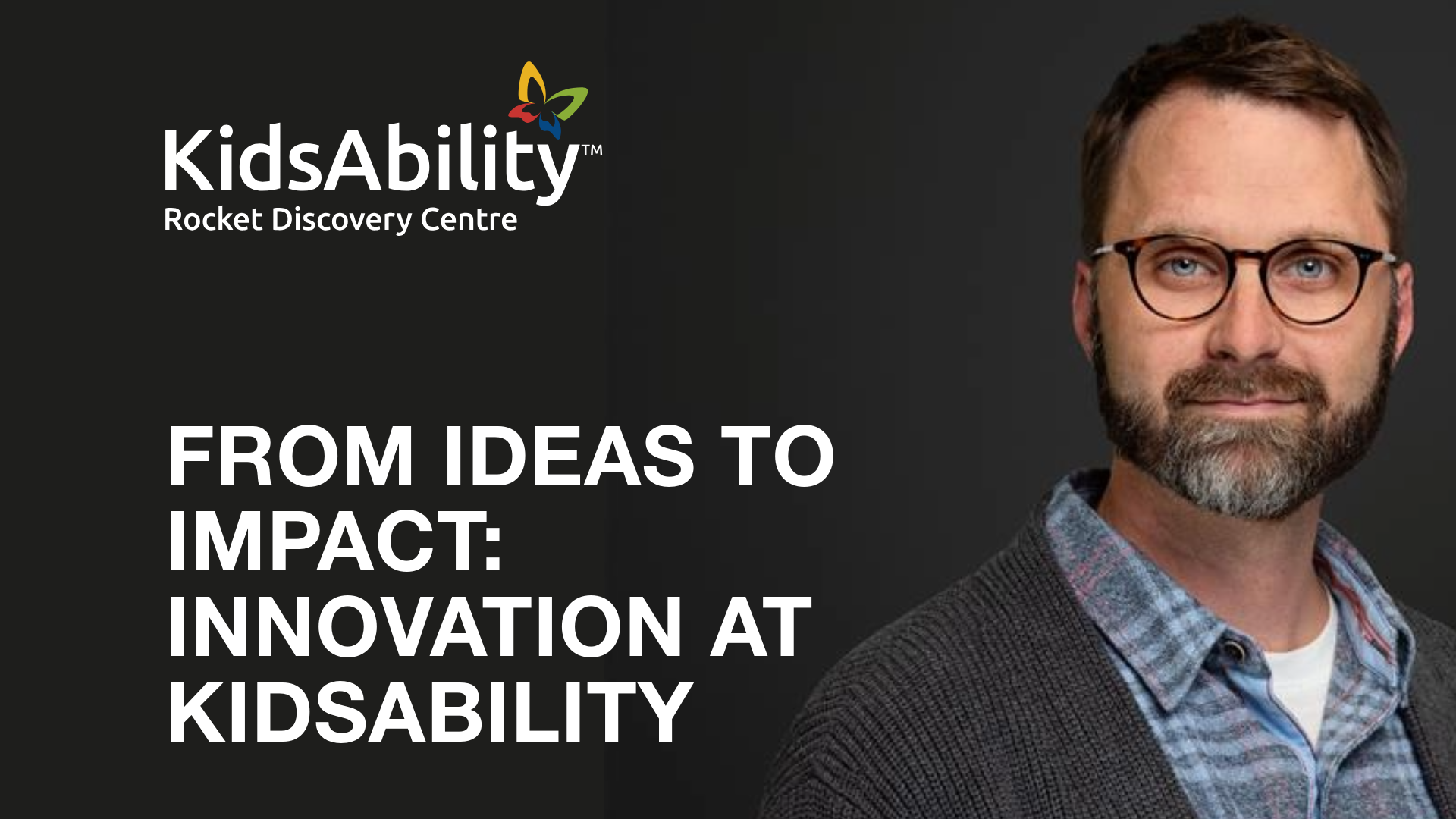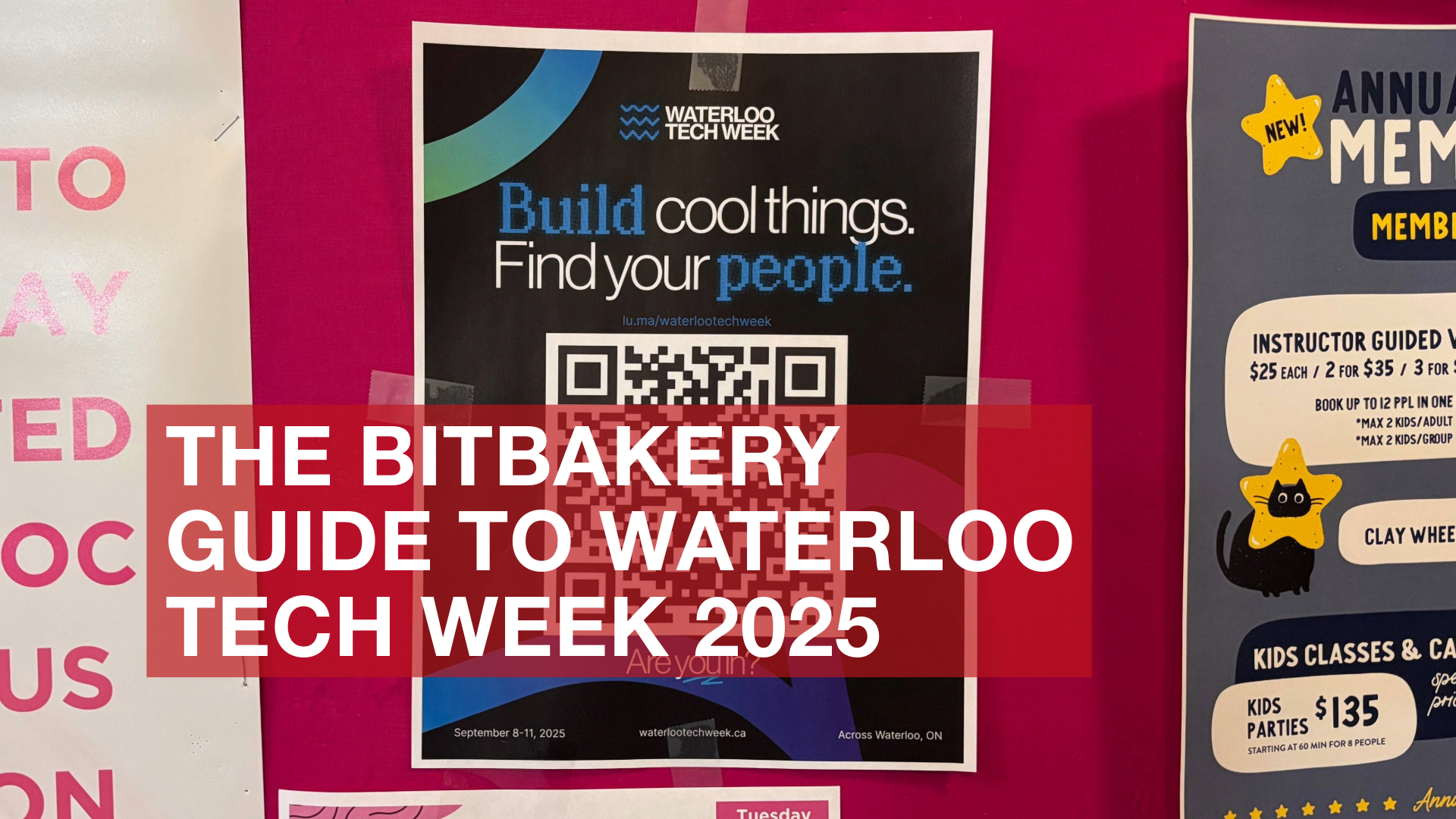If you’ve ever been stuck on a tricky bug or trying to refactor a mess of legacy code, you know the relief of having someone next to you who can act as a second set of eyes, a sounding board, or maybe even just someone to say, “Yeah, that makes sense.”
That’s the value of pair programming, a software development practice where two developers work together at one workstation to solve the same problem. Traditionally, one developer acts as the driver, writing the code, while the other serves as the navigator, reviewing each line, thinking ahead, and spotting potential issues.
The value isn’t just in catching typos in real time. Pair programming helps share knowledge across a team, accelerates onboarding for new developers, and builds a culture of collaboration that can lead to cleaner, more maintainable code.
Pair programming sounds great, but unfortunately, many teams don’t pair program full-time. It’s hard to coordinate schedules. It takes more effort up front. Sometimes, it just feels like too much overhead.
So here’s a question. If we don’t always have a human partner available, can AI step into that role?
The rise of AI in developer workflows
According to the 2025 Stack Overflow Developer Survey, the question isn’t just theoretical. Developers are already working this way.
- 84% of developers now use or plan to use AI tools in their workflows, up from 76% the year before.
- Among professional developers, 51% report using AI daily.
- At the same time, trust hasn’t kept pace: nearly half of developers say they don’t trust AI outputs, and overall favorability toward AI tools dipped compared to last year.
These are the challenges developers face every day. AI is everywhere in the stack, but developers are still figuring out how much to rely on it.
Pair programming: what we gain (and what it costs)
Pair programming is a practice that’s been part of our process since day one. It offers some well-documented benefits, including:
- Real-time code review and fewer bugs
- Shared knowledge across the team
- Faster onboarding for junior developers
But there are trade-offs. Two people on one keyboard can feel slower. It demands constant communication and alignment. And not every developer thrives in that environment.
It makes sense that AI is slipping into the role. It doesn’t get tired of boilerplate. It doesn’t need a calendar invite. And it’s always ready to spin up a quick test suite or explain why that API call is failing.
What research tells us about AI as your “pair partner”
Academic studies and industry experiments are starting to compare human-AI pairs to traditional pair programming:
- Faster output: GitHub’s Copilot study showed developers with AI “pairs” finished coding tasks about 55% faster than those without.
- Learning support: A recent study of undergraduates found AI-assisted pair programming boosted motivation and lowered programming anxiety compared to working alone.
- Code quality: Developers often report that AI can help with test generation and boilerplate, but they’re still cautious about relying on it for architectural decisions or domain-specific logic.
The takeaway? AI pairing works well for scaffolding and routine coding, but it’s not yet a substitute for human collaboration, debate, or mentorship.
How to pair with AI effectively
Pairing with AI isn’t just about turning on autocomplete. It takes a little structure:
- Prompt with intent: Don’t just ask AI to “write a function.” Give it context, constraints, and edge cases.
- Validate everything: Treat AI suggestions like drafts from a junior dev. Review, test, and refactor as needed.
- Mix in human sessions: Use AI for everyday tasks, but don’t skip human code reviews or architecture discussions.
- Build a feedback loop: Keep track of when AI helps and when it fails. Share those lessons with your team.
.png)
AI pairing doesn’t replace collaboration. It creates space for developers to focus on higher-level functions and problems by delegating low-level, repetitive development tasks to AI, so the 'lead' developer's role can focus on.
As AI agents get better at handling more context, we may see “pairing AIs” become as standard as linting tools or version control. But even then, the real power of pair programming will remain uniquely human.




